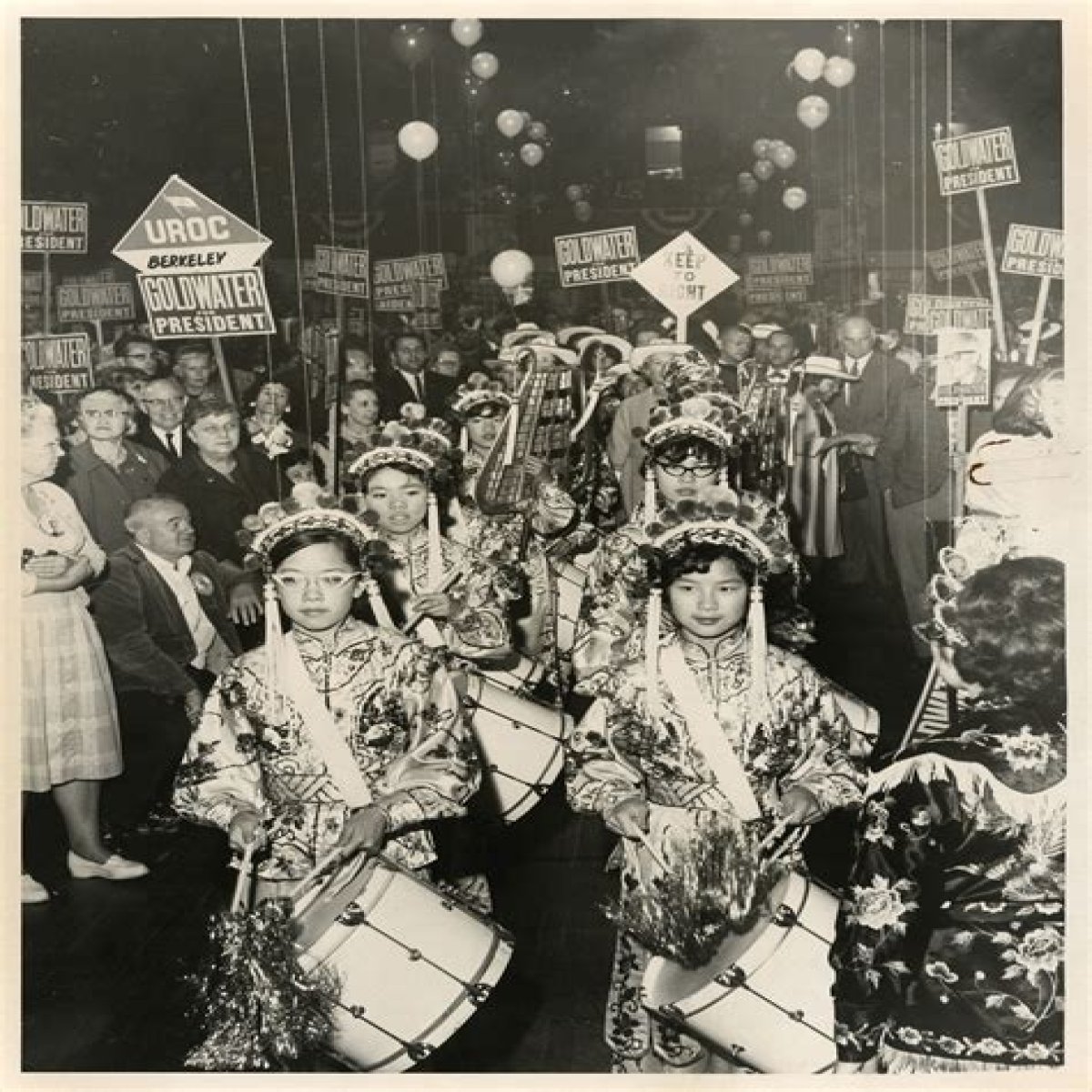What is "Paris 1960"?
Paris 1960 refers to a significant period in the history of Paris, marked by transformative events and cultural developments.
During this time, Paris underwent a period of rapid modernization and urban renewal, influenced by the post-World War II economic boom and the city's role as a global cultural center. The city witnessed the construction of iconic landmarks such as the Tour Montparnasse and the Palais des Congrs, as well as the establishment of new cultural institutions like the Maison de la Culture.
The period also saw the emergence of influential artistic and intellectual movements, including the Nouvelle Vague in cinema and the existentialist philosophy of Jean-Paul Sartre and Simone de Beauvoir. Paris became a hub for artists, writers, and intellectuals from around the world, contributing to its reputation as a cultural capital.
Key Aspects of Paris 1960
Economic Growth and Urban Renewal: Paris experienced significant economic growth during the 1960s, leading to large-scale urban renewal projects. New residential areas, office buildings, and transportation infrastructure were constructed, transforming the city's landscape.
Cultural Revolution: The 1960s witnessed a cultural revolution in Paris, with the emergence of new artistic and intellectual movements. The Nouvelle Vague in cinema, led by directors such as Franois Truffaut and Jean-Luc Godard, challenged traditional filmmaking conventions and explored themes of youth, rebellion, and social change.
Intellectual and Literary Scene: Paris remained a center for intellectual and literary activity during the 1960s. Existentialist philosophers such as Jean-Paul Sartre and Simone de Beauvoir continued to influence, while writers like Albert Camus and Marguerite Duras gained international recognition.
Paris 1960
Paris in the 1960s was a melting pot of cultures and ideas, attracting artists, writers, and intellectuals from around the world. The city's vibrant cultural scene and intellectual atmosphere fostered creativity and innovation.
Paris 1960
The transformations that took place in Paris during the 1960s left a lasting legacy on the city. The architectural landmarks, cultural institutions, and intellectual movements of this period continue to shape Paris's identity as a global cultural capital.
FAQs on Paris 1960
This section provides answers to frequently asked questions about Paris in the 1960s, offering insights into this transformative period.
Question 1: What were the major cultural developments in Paris during the 1960s?
Paris in the 1960s witnessed a cultural revolution, with the emergence of the Nouvelle Vague in cinema and the existentialist philosophy of Jean-Paul Sartre and Simone de Beauvoir. New artistic movements and intellectual currents flourished, contributing to the city's reputation as a global cultural capital.
Question 2: How did Paris's urban landscape change during the 1960s?
Paris underwent significant urban renewal during the 1960s, influenced by the post-World War II economic boom. New residential areas, office buildings, and transportation infrastructure were constructed, transforming the city's landscape. Iconic landmarks such as the Tour Montparnasse and the Palais des Congrs were built, shaping the modern face of Paris.
In summary, Paris in the 1960s was a period of significant cultural and urban transformation, leaving a lasting legacy on the city's identity.
Conclusion
Paris in the 1960s was a period of profound change and cultural effervescence. The city underwent rapid modernization, with urban renewal projects reshaping its landscape and the construction of iconic landmarks. Simultaneously, Paris remained a hub for artistic and intellectual movements, with the emergence of the Nouvelle Vague in cinema and the existentialist philosophy of Jean-Paul Sartre and Simone de Beauvoir.
The legacy of Paris 1960 continues to shape the city's identity today. Its architectural landmarks, cultural institutions, and intellectual currents stand as a testament to a period of transformation and innovation. Paris's status as a global cultural capital was solidified during this time, a legacy that continues to attract artists, writers, and intellectuals from around the world.
The Ultimate Guide To Johnnie Morton MMAThe Untold Truth Of James Kaddis's DaughtersThe Ultimate Guide To Feli Wittman's Fighting Style And Record
Streets of Paris in 1960 PHOTOGRVPHY
24 Color Photographs of Paris From May 1960 The Cushman Tour
